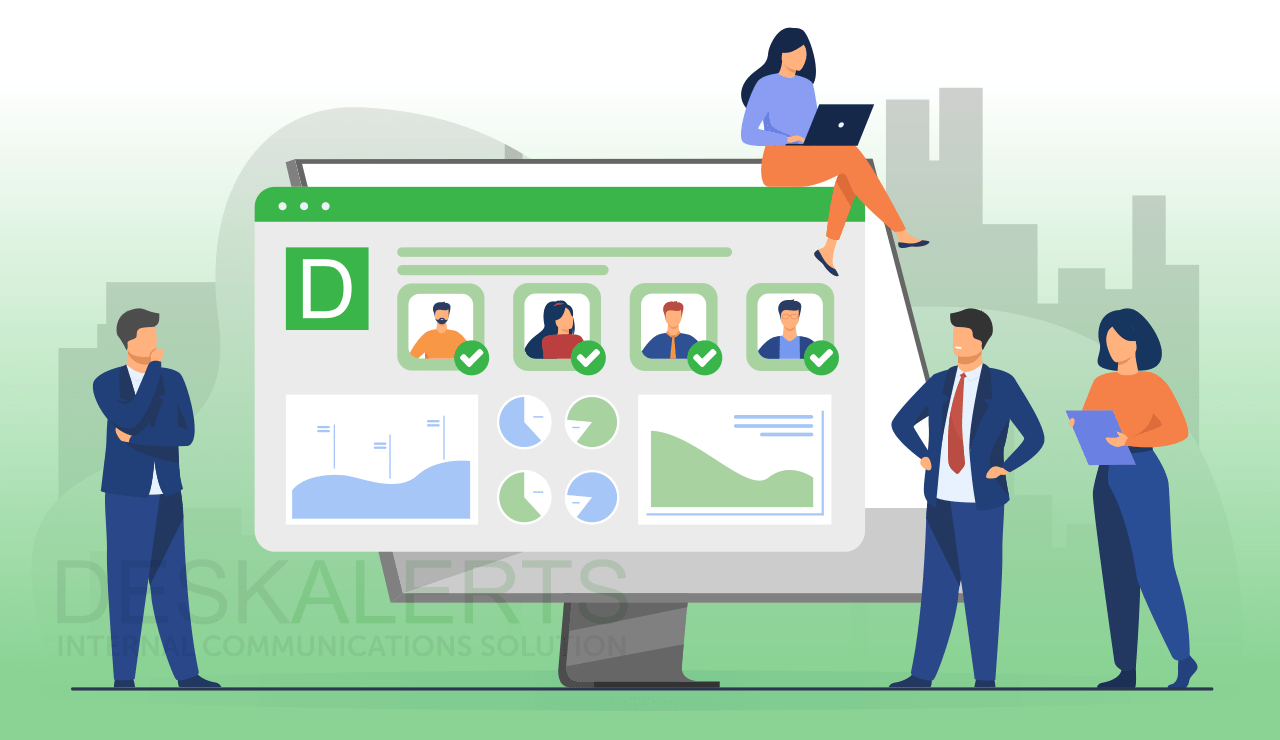8 min read
7 Ways Manufacturers Use DeskAlerts in Emergency and Incident Management
Manufacturing environments demand fast, targeted communication to manage emergencies like equipment failures, fires, chemical spills, and cybersecurity threats. With DeskAlerts internal communication software, manufacturers send instant, unavoidable...
Read More










